Formidable Tips About How Do You Explain A Graph For Kids Excel Chart Goal Line

Discover why people use graphs to represent information and explore pictographs, bar graphs, and line graphs.
How do you explain a graph for kids. This information can be either quantitative or qualitative data, meaning that graphs can be used for all sorts of purposes. Learn how to interpret and construct graphs in this guide for students aged 11 to 14 from bbc bitesize. As students become more capable of interpreting data on their own, they can be given frameworks to help structure independent analyses of graphs, whether spoken or written.
In graphs for kids, you and your kids will learn all about four basic graphs that people use to share data. A graph is a picture designed to express words, particularly the connection between two or more quantities. You can also work with line graphs in science lessons where children are able to investigate a hypothesis and then plot the findings in a graph.
Is there a difference between a graph and a chart? For students between the ages of 11 and 14. Line graph | maths concept for kids | maths grade 5 | periwinklewatch our other videos:english stories for kids:
From pictograms to line graphs, children learn a lot about collecting, organising and presenting data in primary school maths. Learn how to plot horizontal and vertical lines on a graph with this bbc bitesize maths article. There are many different kinds of graphs.
A graph, in short, is a type of diagram that is used to represent accrued data. Some of the most common kinds are circle graphs, bar graphs, and line graphs. Drawing and interpreting graphs and charts is a skill used in many subjects.
In math, a graph can be defined as a pictorial representation or a diagram that represents data or values in an organized manner. Learn about graphs and the different types of graphs one can use. Children begin interpreting simple picture graphs from kindergarten onwards, and they are likely to study line graphs in third grade measurement and data.
Graphs are a great way to analyze and display data in an easy to read and understand manner. You can use many types of graphs to display the same information. In this lesson, you will learn how to create three of the most commonly used graphs:
Make an anchor chart or two. Here you will find four different graphs and charts for you to consider. Use homework problems, things you have a special interest in, or use some of the numbers you find elsewhere on this site.
Graphs are useful because they can be easier to understand than numbers and words alone. This information can be either quantitative or qualitative data, meaning that graphs can be used for all sorts of purposes. The points on the graph often represent the relationship between two or more things.
For students between the ages of 11 and 14. Kids learn about linear equations and how to graph a line from a linear equation. People use graphs to compare amounts of things or other numbers.




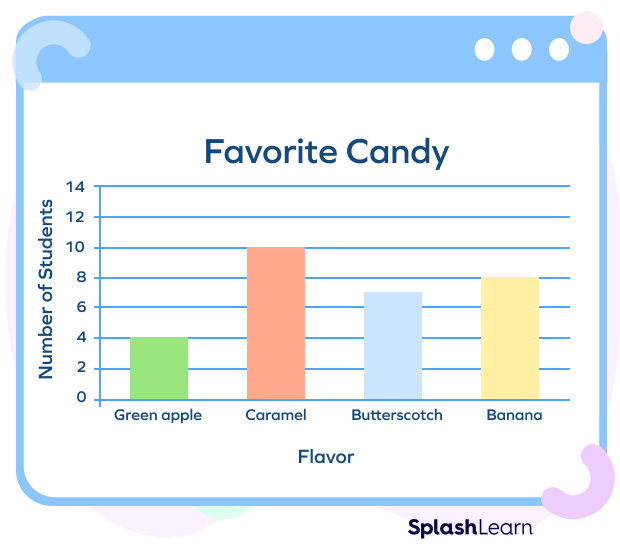
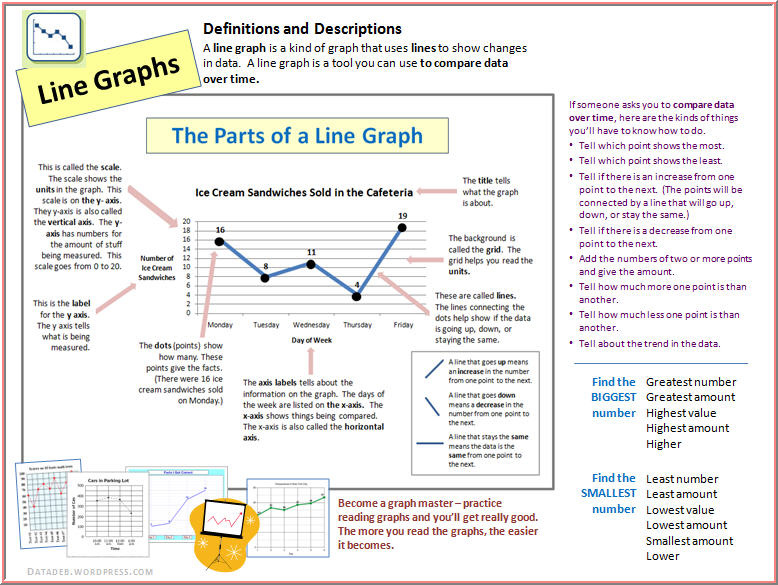
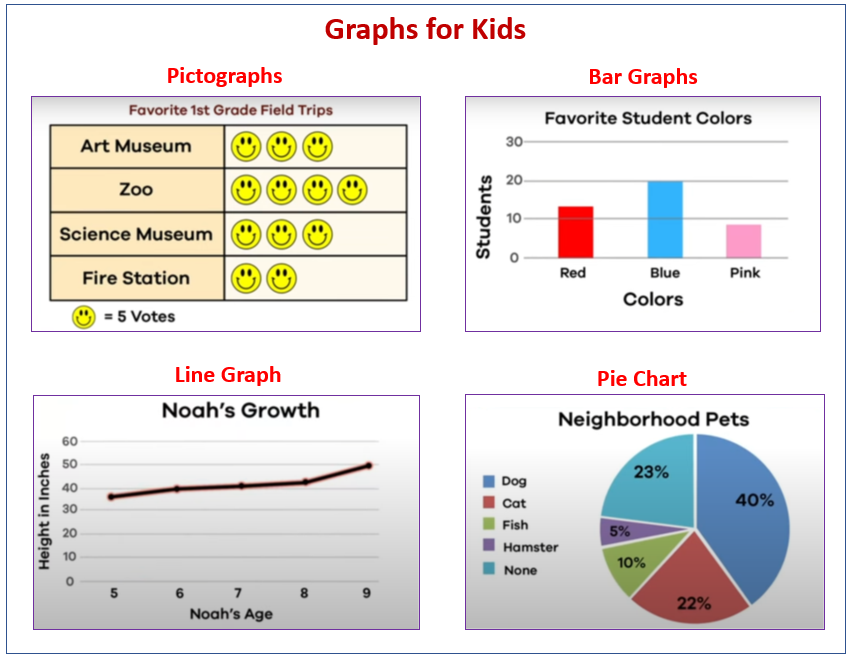


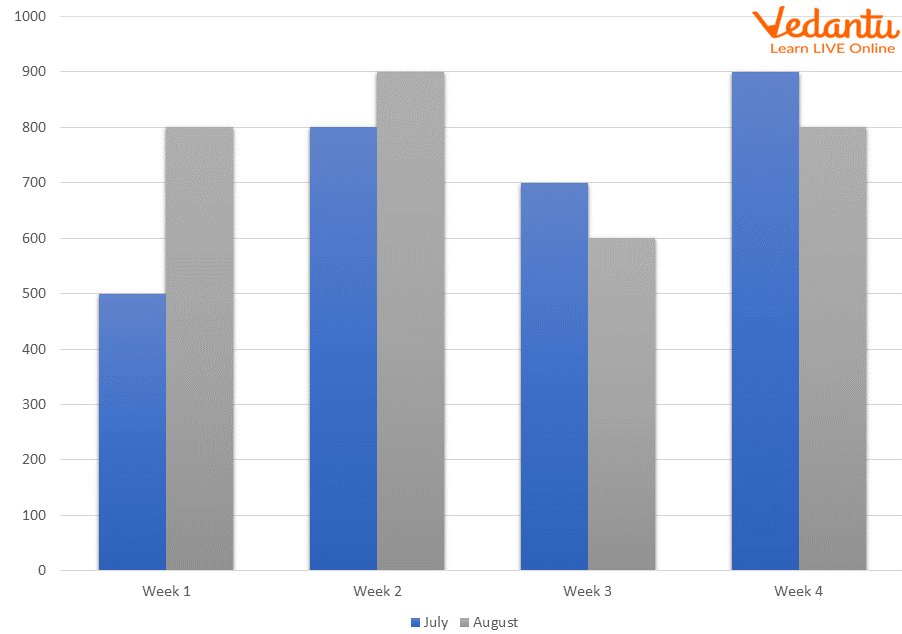
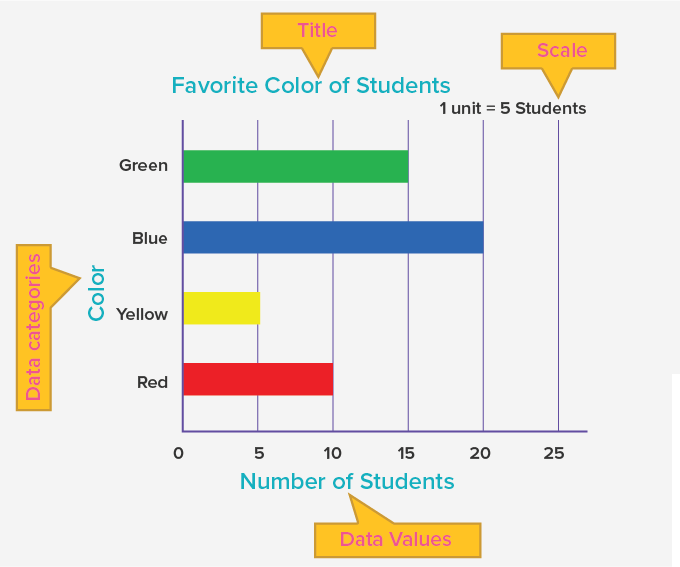









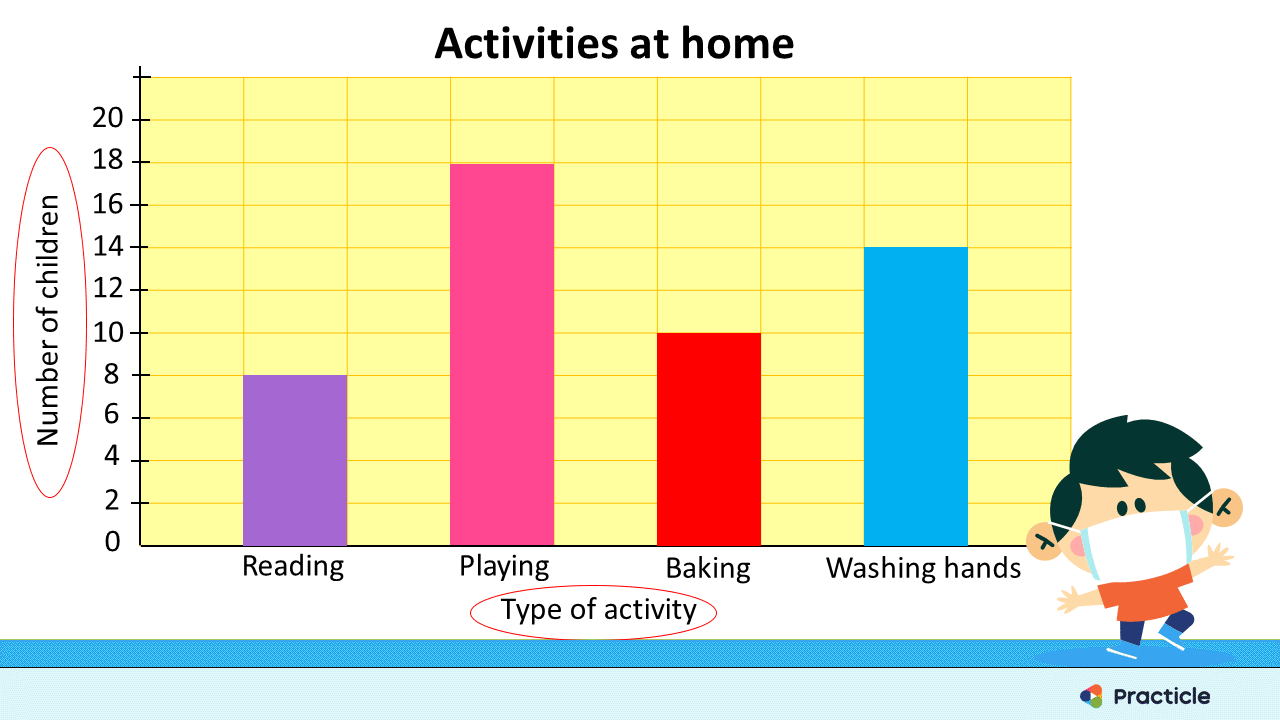
![Printable Graph Worksheets to Help Kids Practice [PDFs]](https://brighterly.com/wp-content/uploads/2022/06/graph-worksheets-images-6.jpg)
